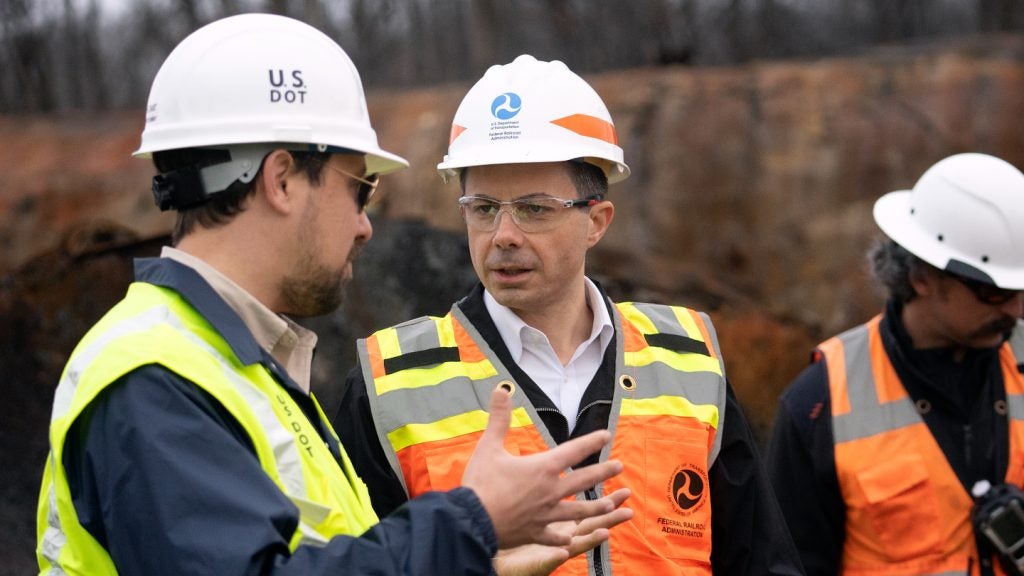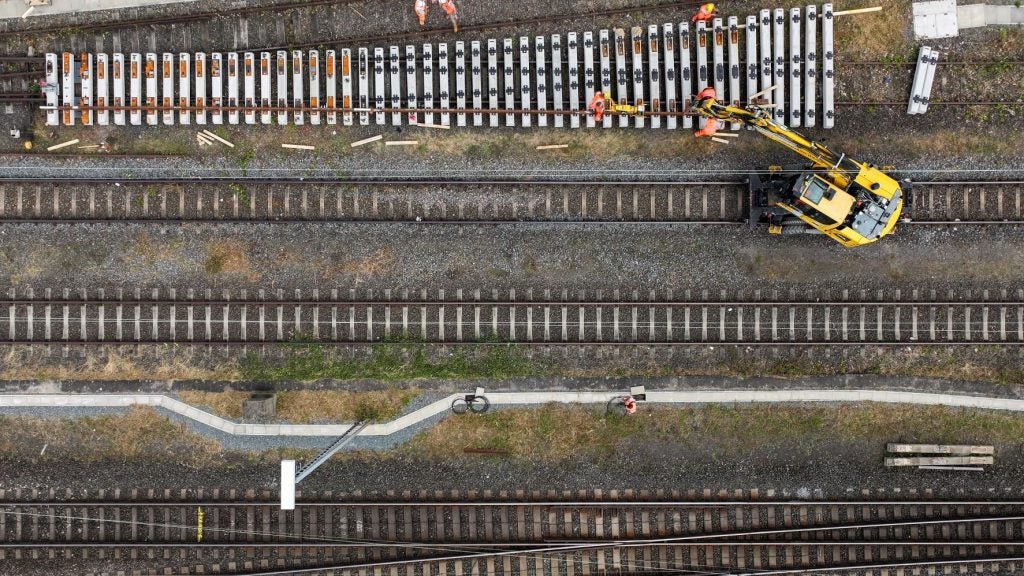Managing friction at the wheel-rail interface is one of the top priorities for railway operators. Effective friction management can reduce noise and vibration, improve fuel efficiency, prolong rail asset life by reducing wear, improve safety and performance, and reduce operation and maintenance costs.
Rail operators seek targeted friction management solutions depending on factors such as curvature, superelevation, operating climate, temperature, speed, the number of axles, tonnage, and traction, among others. Railway friction needs to be monitored and controlled such that the required adhesion between the wheel and rail is also maintained to ensure safe traffic.
Finding the best railway friction management solutions
Railway Technology has listed some of the leading railway friction management contractors and suppliers based on its intel, insights and decades-long experience in the sector.
The list includes turnkey friction management solution providers, as well as consultants and suppliers of a wide range of railway friction materials for both on-board and trackside applications.
The information contained within the download document is useful for railway operators, procurement executives, operations managers, track maintenance managers, consultants, engineers, technicians, and any other individual involved in railway operations, infrastructure engineering and maintenance.
See Also:
The download contains detailed information on railway friction management equipment and solution providers, and their product and service lines, alongside contact details to aid your purchasing decision.
Types and uses of railway friction control products and solutions
Railway operators rely on different types of rail lubrication, friction modification and traction enhancement devices and materials to reduce squeal and flange noise, rail/wheel wear, corrugations and rolling contact fatigue (RCF) development while reducing the derailment potential and improving the ride quality.
Materials and equipment used for railway friction management include, but are not limited to:
· Solid stick wheel tread friction modifiers
- Solid stick gauge face/flange lubricants
- Rail curve grease
- Top of rail (TOR) traction-enhancing material
- Water-based TOR friction management materials
- Grease pumps and hydraulic lubricators
- Electronic track lubricating devices, and
- Trackside and on-board friction management equipment and digital control systems
Trends in railway friction management
Rail operators working within the travel industry are increasingly looking for friction management solutions that are efficient, cost-effective, easy to use, and environment-friendly.
Innovative materials such as composite hardly-fluid compound (CHFC) materials are more sustainable and can provide better rail friction noise prevention. Similarly, modern friction management systems and devices are more energy-efficient and feature smart digital technologies to monitor, control and manage friction in a more efficient and sustainable manner.






